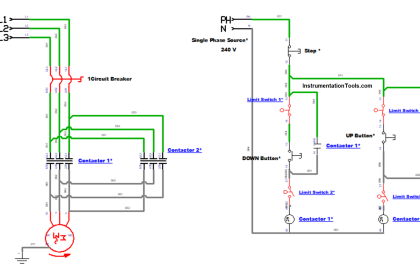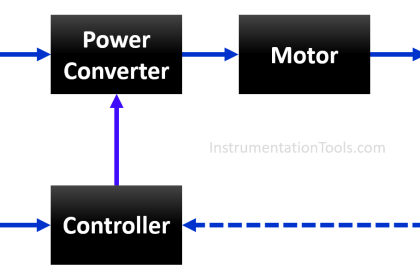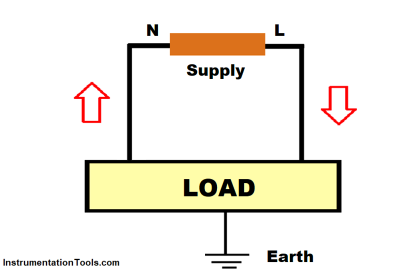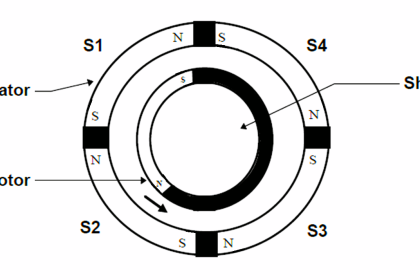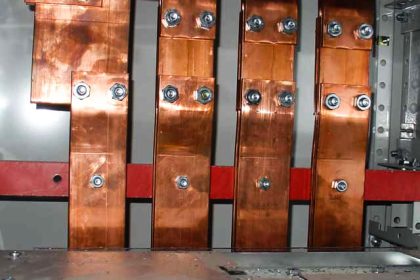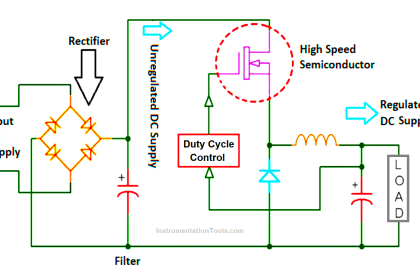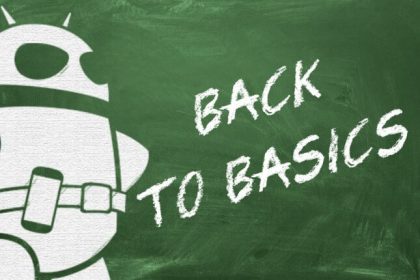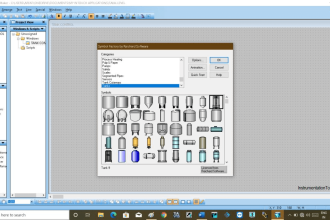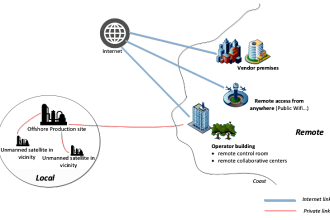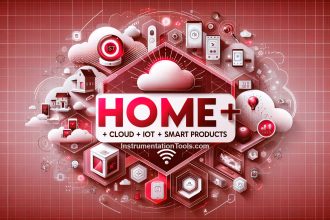In this post, we will learn the different types of electrical loads such as resistive, capacitive, inductive, domestic, commercial, and industrial loads.
We all know what an electrical load is; the one that consumes electricity for use. It is a very common term and many of us know about it. But, many are not aware of its types.
Types of Electrical Loads
We must be familiar with them to understand which type of load will be suitable for our application. In this post, we will see various types of electrical loads.

Resistive Load
As the name implies, resistive loads are the ones that obstruct or resist electrical energy flowing in the circuit. By this resistance, electrical energy is converted into thermal energy. So, these types of loads are heaters, lights, bulbs, ovens, etc. This type of load uses active power.
In this, the voltage and current are in phase with each other. That means, they both the maximum peak at the same time and also reach zero peaks at the same time.
They also reach a negative peak at the same time. If you multiply both the voltage and current at any instant, then you will always get a positive answer; which is why it is called active power.
In resistive load, due to the use of active power, power flows from source to load only.
Capacitive Load
As compared to a resistive load, where both the current and voltage are in phase with each other, the current always leads the voltage.
Whether it is reaching the maximum peak, zero peak, or minimum peak; the current waveform always reaches first as compared to the voltage waveform.
So, this means that the power factor is leading in this type of load. Capacitive loads are used to improve the power factor of a system.
Inductive Load
As compared to a capacitive load, where the current leads the voltage waveform always, the current always lags behind the voltage.
Whether it is reaching the maximum peak, zero peak, or minimum peak; the voltage waveform always reaches first as compared to the current waveform.
So, this means that the power factor is lagging in this type of load. So, these types of loads are mostly moving parts like fans, motors, washing machines, compressors, refrigerators, etc.
These were the general types discussed for an electrical load. Now, we will see the next set of types based on applications
Domestic Load
Domestic loads are the ones that are used for residential purposes, like heaters, lights, air conditioners, ovens, refrigerators, washing machines, etc.
They consume the lowest amount of power as compared to all the types.
Commercial Load
Commercial loads are the ones that are used for building and road purposes, like shop lighting, office appliances, restaurant loads, etc.
Industrial Load
Industrial loads are the ones that are used for industrial purposes, like heavy machinery and motors.
In this way, we saw the types of electrical loads.

